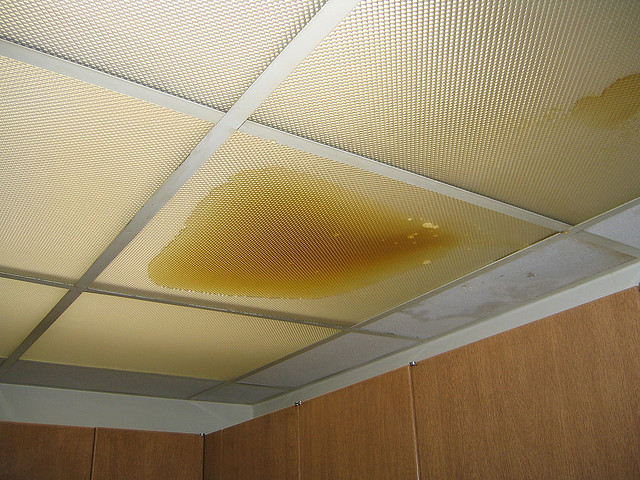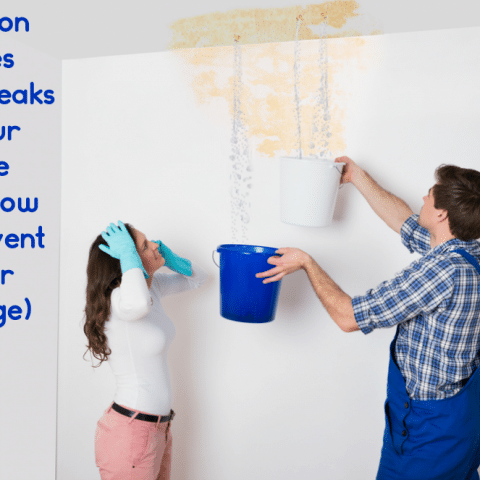What're your insights and beliefs about Detecting hidden plumbing leaks?

Early discovery of leaking water lines can minimize a possible calamity. Some small water leaks might not be visible.
1. Take A Look At the Water Meter
Checking it is a proven way that helps you uncover leakages. If it relocates, that suggests a fast-moving leak. This indicates you may have a slow-moving leak that could even be underground.
2. Check Water Intake
If you spot abrupt adjustments, in spite of your usage being the exact same, it indicates that you have leaks in your plumbing system. A sudden spike in your expense shows a fast-moving leakage.
A constant increase every month, also with the same behaviors, shows you have a sluggish leak that's likewise gradually rising. Call a plumber to completely examine your building, specifically if you feel a cozy area on your flooring with piping below.
3. Do a Food Coloring Test
30% comes from bathrooms when it comes to water intake. Test to see if they are running correctly. Decrease specks of food shade in the container and also wait 10 minutes. There's a leakage in between the storage tank and dish if the shade somehow infiltrates your dish throughout that time without flushing.
4. Asses Exterior Lines
Do not fail to remember to inspect your outdoor water lines also. Examination faucets by connecting a garden pipe. Must water permeate out of the connection, you have a loose rubber gasket. Replace this and make sure all links are tight. It will certainly assist get it properly analyzed as well as preserved every year if you've obtained a lawn sprinkler system. One tiny leak can waste tons of water and also increase your water costs.
5. Analyze the circumstance as well as examine
Property owners must make it a routine to inspect under the sink counters and even inside closets for any kind of bad odor or mold growth. These 2 red flags show a leakage so prompt attention is called for. Doing regular assessments, even bi-annually, can conserve you from a major trouble.
Check for discolorations and also compromising as many devices as well as pipelines have a life expectancy. If you think dripping water lines in your plumbing system, do not wait for it to intensify.
Early discovery of dripping water lines can alleviate a potential disaster. Some small water leakages may not be visible. Checking it is a surefire way that helps you uncover leaks. One small leakage can squander loads of water and also increase your water expense.
If you presume dripping water lines in your plumbing system, do not wait for it to escalate.
The Dangers of Undetected Water Leaks
Mold
One of the most common results of undetected water leaks in your home is mold. Under the right conditions, mold can begin to grow and spread in just a day or two.
Moisture from water leaks combined with humidity and lack of ventilation allow mold spores to germinate and start spreading.
And while household mold doesn’t carry the same health risks as substances like asbestos, they can cause allergic reactions in people sensitive to them or with asthma.
Structural Damage
When water leaks occur in places we can’t see — above the ceiling, behind walls or beneath floors — they often have time to do some serious damage before making themselves known.
You might notice cracks or bubbles appear in your walls or a slow drip or water from the ceiling.
These are signs of water leaks and buildups in the structure of your home. If you don’t jump on these problems soon enough, the wood frame that supports your house could start rotting, leading to costly repairs and increasing the risk of disasters like ceiling or wall collapses.
Water Waste
According to the Alliance for Water Efficiency, the average home can lose anywhere from 2,000 to 20,000 gallons of water per year due to leaks.
High numbers like that might make you imagine a burst pipe spewing out water. But believe it or not, even a small, constant drip from a kitchen sink could add up to over a thousand gallons of wasted water in a single year.
And if you live in a place where you pay for every gallon of water you use, that adds up to a lot of dollars down the drain. So we understand leaks are bad. Let’s take a look at some of the common (and not-so- common) water leaks you might find around your home.
Flush Valve Flapper
The flush valve flapper is a rubber flap that sits above the flush valve at the bottom of the tank. It’s attached to the flusher with a chain. Over time, it can get worn out and lose its seal, causing an endless flow of water into the toilet bowl.
These leaks are hard to detect since they’re usually silent, but there’s a little insider trick you can use with just a little dye or food coloring:
Put a few drops in the toilet tank. Check the water in your toilet bowl 15 minutes later. If any of the color made it into the toilet bowl, you’ll know what the culprit is.
Fill Valve
The fill valve is what replenishes your toilet’s tank water after you flush. If you’ve ever looked inside your toilet tank and seen water gushing out of an upright plastic valve, that’s a faulty fill valve.
https://meetflo.com/blogs/flo/how-to-find-and-repair-water-leaks-a-comprehensive-guide

Hopefully you enjoyed our section on Leaking water lines. Thanks a lot for taking time to read through our piece. Are you aware of someone else who is in to the topic? Feel free to share it. I cherish reading our article about Detecting hidden plumbing leaks.